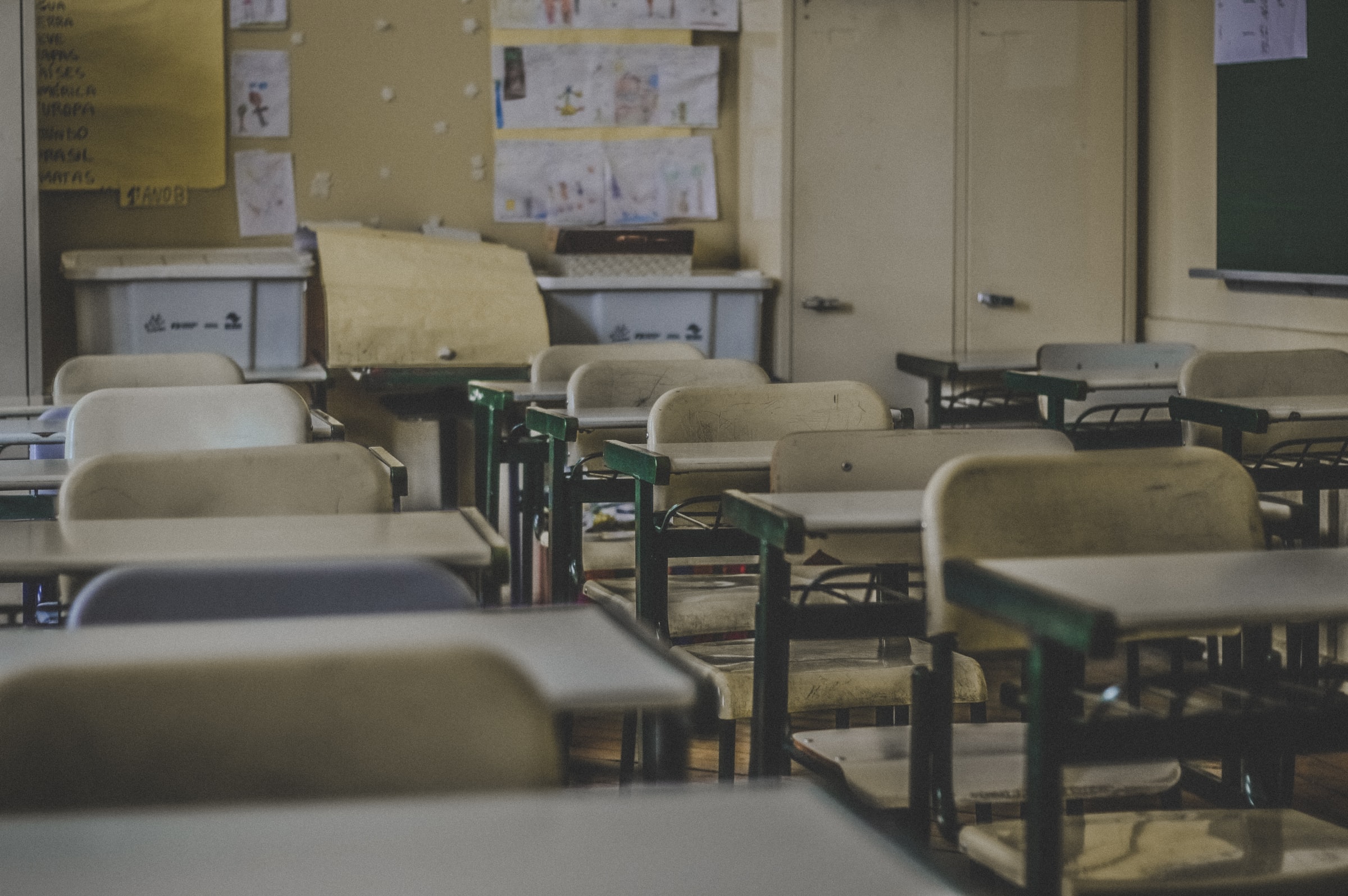When covid-19 was declared a pandemic in March 2020, few people knew what it would mean to society as a whole in the long run. A year later, we have seen industries grind to a halt, bidding wars for vaccines turn into trade blockades and not least far-reaching school closures in virtually every country. In this article, I will explore what consequences the latter might have.
When Agenda 2030 was adopted in 2015, inclusive and equitable quality education was named the fourth Sustainable Development Goal (SDG). Before 2020, modest progress had been made. Yet, according to The UN Department of Economic and Social Affairs, 200 million children were still expected to be out of school in 2030.
And then the covid-19 pandemic hit. As the contagion quickly spread across the globe, countries imposed various policy measures to hinder rapid transmission of the virus. One such measure has been school closures, affecting almost 1.6 billion students worldwide. These school closures have varied in scope and duration, with the shortest being in Oceania with only one month of full closure. In Latin America and the Caribbean, on the other hand, the closures were the most far-reaching – a Unicef report outlines that schools were fully closed in Panama for 211 days between March 2020 and February 2021, and in Brazil, about 44 million students missed out on almost all classroom instruction during the same period. Projections in Brazil show that this could set back educational gains within the country by as much as four years, disproportionally hitting the poorer regions of the country. UNESCO also projects that 3.1 million children are at risk of dropping out of school in Latin America and the Caribbean solely due to the pandemic.
Deepening disparities
While education has rarely been cancelled altogether, neither in Latin America nor elsewhere, it has commonly been moved online or to a broadcasting format. However, the vast majority of children worldwide have no access to the tools needed for digital learning. Already existing disparities are therefore being further deepened by the so-called digital divide. Simultaneously, reports and surveys from OECD countries have shown that live lessons and active teaching, even online, were in many cases significantly reduced, adding to the problem.
The same OECD report estimates that the learning losses due to the pandemic, at the time of publishing in September 2020, could mean the equivalent of one and a half percent less annual increase of GDP in the world for the rest of the century. On a societal level, these learning losses are expected to result in a less skilled work-force, affecting the rate of innovation and other driving forces of economic growth and human development, in turn providing less funding for welfare measures that could have ameliorated the effects of the lost schooling.
Digital learning and the digital divide
Digital learning, though flawed, is expected to mitigate or at least soften the impact of the school closures. However, while several developed countries and regions already had infrastructure for digital learning in place at an affordable price, with stable internet connections, uninterrupted access to electricity and a high rate of computer ownership in households, the same can not be said in several developing countries. Unicef estimates that up to two-thirds of children and youth under the age of 25 lack an internet connection at home. Most of these are in low-income countries – while about 87 percent of children in high-income countries have access to an internet connection, the same number in low-income countries is just six percent. In West and Central Africa, the number is the lowest in the world with only about five percent. With prolonged school closures, communities and countries with less prevalence of digital tools and internet will suffer the biggest educational losses, furthering the divide between the have and the have-nots, reversing years of educational gains.
A United Nations policy brief, published in August 2020, outlines that up to 23.8 million children worldwide may drop out or be unable to access education in 2021 due to the pandemic alone. While not only a result of the digital divide – fiscal issues with schools and other economic issues brought on by the pandemic are also expected to play a part – the issues of the digital divide cannot be ignored. Most impacted by education losses will also be those already vulnerable – children from less affluent households, and in rural areas. On a worldwide stage, displaced children, refugees and those in extreme poverty will be hit even harder, deepening the already existing inequalities in ways that may take years to reverse.
It should be noted that the very same countries and communities most affected by both the pandemic and school closures are also less likely to have access to vaccines at this point. The pandemic, as a result of vaccine inequalities, is most probable to last the longest in the countries suffering most learning losses. It is not a reach to say that the chasm between developed and developing countries may deepen – perhaps in ways that will take generations to repair.

Johanna Bergström
Editor of Online Content since February 2021

